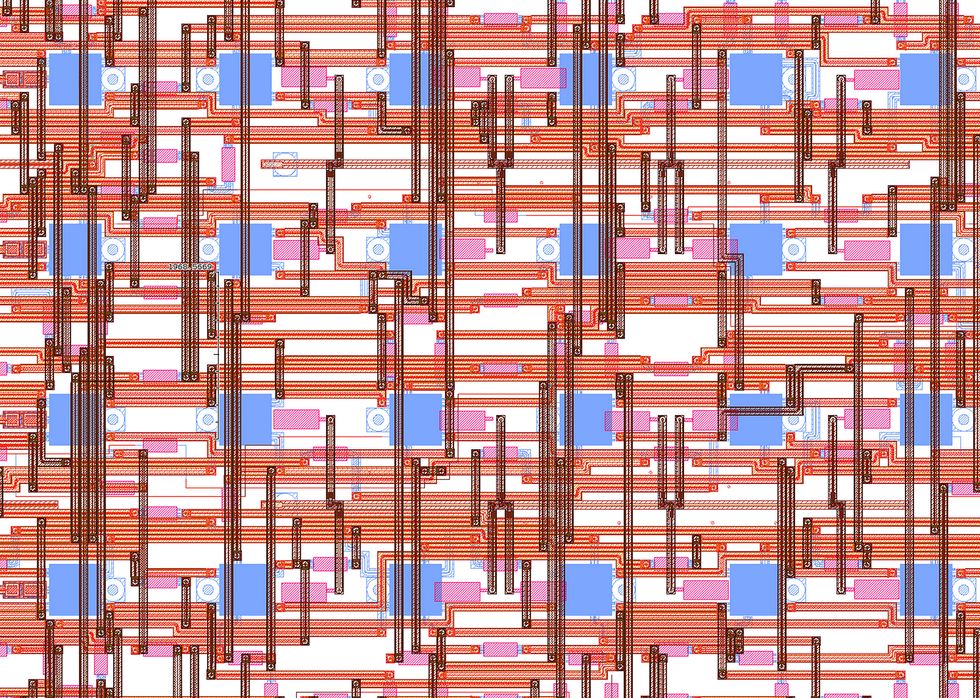Now Reading: Addressing the Challenges of Dual-Use Technology
-
01
Addressing the Challenges of Dual-Use Technology
Addressing the Challenges of Dual-Use Technology

Quick Summary
- Dual-Use Dilemma: Open-source technology, while driving innovation in fields like robotics, carries risks of misuse for harmful purposes, including military applications.
- Accessibility issues: Platforms like GitHub and the Robot Operating System (ROS) democratize robotics knowledge but also make it easier for bad actors to repurpose technologies.
- Real-world Example: Ukrainian soldiers creatively repurposed civilian drones using open-source software during conflict, showcasing both empowerment and risk potential.
- Lack of Robotics Regulation: Unlike other engineering disciplines such as biology and nuclear research, robotics lacks specific guidelines or training on addressing dual-use risks.
- Proposed Solutions:
– Educating engineers about responsible research practices and dual-use risks through dedicated curricula and workshops.
– Incentivizing risk assessments via funding conditions or recognition programs.
– Creating self-regulation mechanisms such as graduated access controls for source code dissemination based on user intent verification.
– Establishing “red lines” to define unacceptable applications of robotics technologies-potentially reinforced by licenses that prohibit misuse.
indian Opinion Analysis
The discussion around open-source technology’s dual-use dilemma highlights critical global concerns that India cannot afford to overlook. As a country pushing forward in AI-driven innovation with initiatives like Digital India, balancing openness with security becomes increasingly vital. The lack of regulations specific to mitigating misuse in sectors such as robotics poses challenges not only internationally but also domestically. This is particularly relevant for India’s burgeoning tech ecosystem where affordable hardware combined with open platforms can be easily exploited.
India needs proactive measures rooted in education and policy. incorporating courses on responsible innovation across engineering institutions could prepare future technologists to navigate these dilemmas effectively. Moreover, incentivizing cybersecurity practices within publicly accessible projects aligns closely with India’s goals for sustainable technological growth. Guidance frameworks similar to those discussed may further ensure innovations remain tools for progress rather than harm.
Given India’s position as a key player within global tech industries-with strides in both civilian applications (e.g., telemedicine) and defense technologies-the introduction of moderate restrictions against high-risk use cases could complement existing endeavors toward resilience against cyber threats without stifling progress.
























